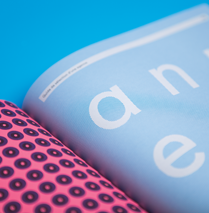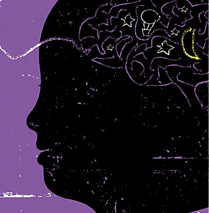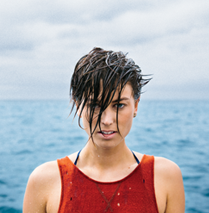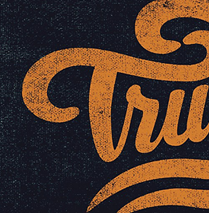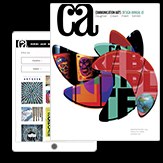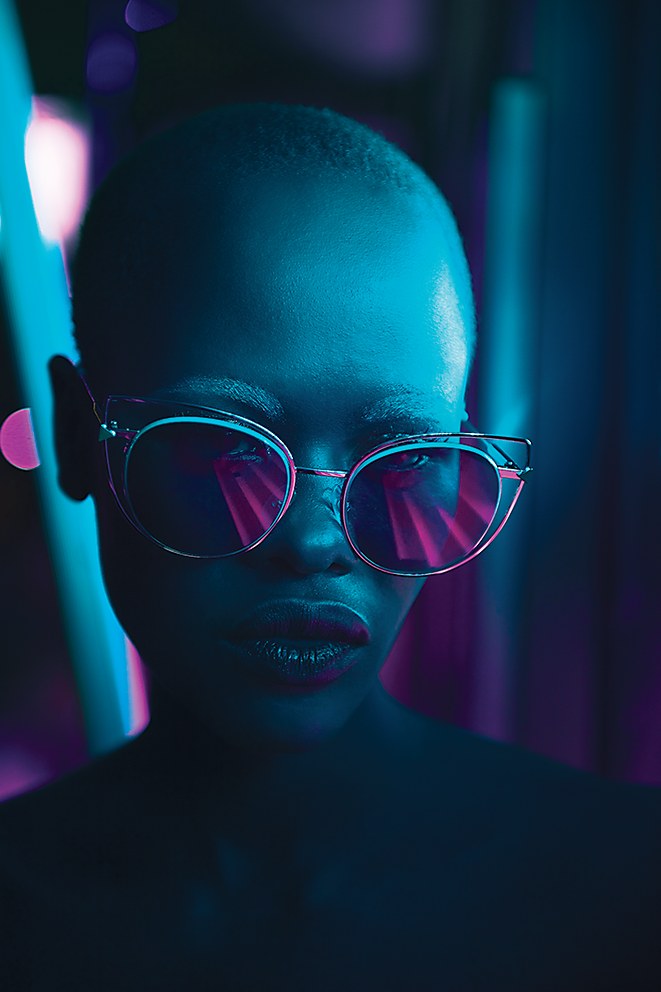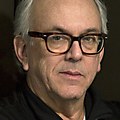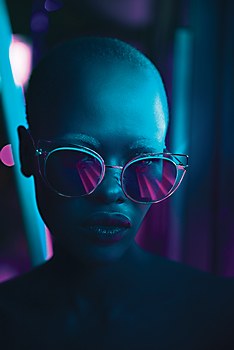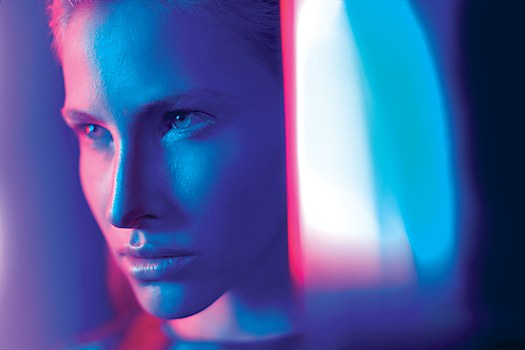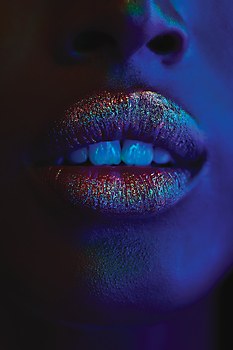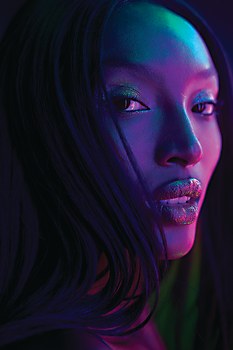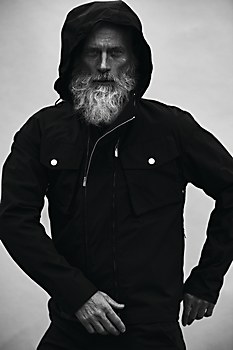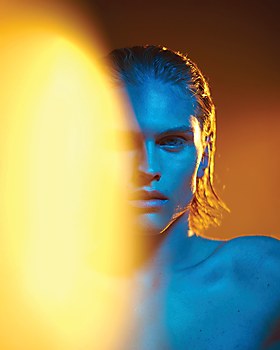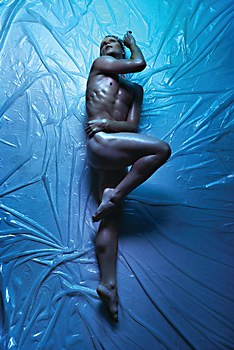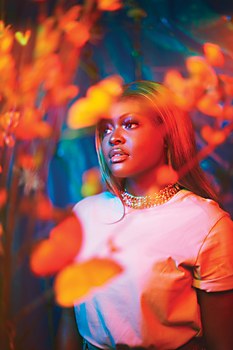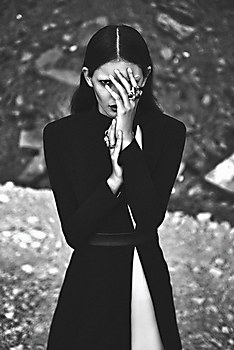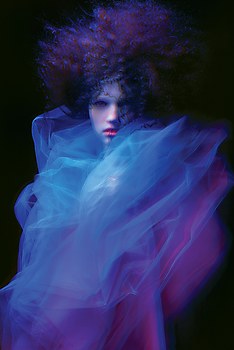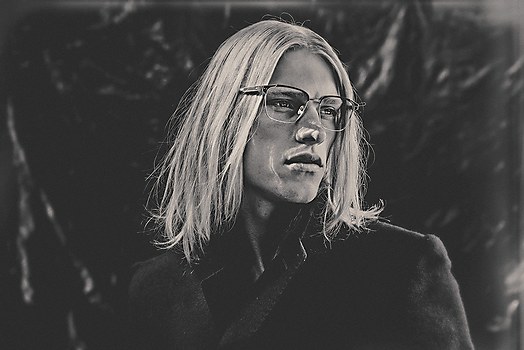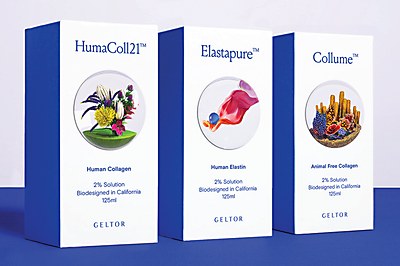Imagine a mash-up of Caravaggio, Miles Aldridge and the replicants from Blade Runner and you would begin to understand photographer and creative director Mathew Guido’s comfort zone. At 34, he states that he has “always been moving, an ongoing journey in the pursuit of beauty. My references are from the past, but my inspirations are from the future, with all expressed in the present.”
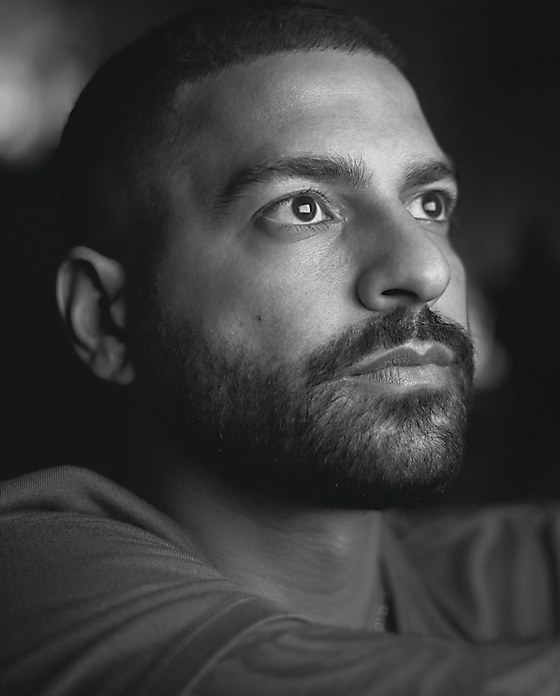
By seventeen, Guido was interning with Toronto fashion photographer Richard Sibbald; a year later, he did a stint in Los Angeles with photographer David LaChapelle. Though fashion was a convenient label for him at the start of his career, Guido’s original style leaned toward dramatic, dark tones with gothic sensibilities shot almost exclusively in black-and-white. But as steady work started to roll in and disparate influences from art, cooking and set design played ever-larger roles in his work, he began to embrace a color palette that tapped into the intense imagery of photographers like Steven Klein, Paolo Roversi and Tim Walker.
In Guido’s fashion story “Nightwire” for Hi-Fructose magazine, the color-infused softness of Roversi’s signature style—where the talent appears to emanate from an almost sacred form of light—informs but doesn’t dictate the mysterious images. Taken with a slow shutter speed and featuring clothing with an almost three-dimensional quality, his images of model Amanda Kerr resonate in their own contained world.
Browse Projects
Guido’s grounding in black-and-white photography served him well on his path toward a deeper understanding of color and the myriad ways of combining seemingly disparate tones. “I like different photographers for different reasons: one for lighting, another for composition, a third for directing talent,” he states when we discuss the threads of inspiration that manifest in his work. Miles Aldridge, a master who uses the powerful pop of bold color in his surrealistic photographic concoctions; legendary British fashion photographer Tim Walker, who channels his infatuation with fairy tales and carnival funhouse references to create a form of future realism; and Steven Klein, the celebrated American photographer who embraces a hard-edged, clinical aesthetic that projects domination and dark dreams—all three are influences that hold court in the background while Guido’s artistic sensibilities take center stage.
These photographers all work at the top of their individual games to arrive at as pure an example of their vision as possible. As Guido states, “I hope to reach a point where people see my work and know it’s me.” It’s refreshing to hear such confidence from someone already comfortable with the statement that he is “aware I need to flow with the journey. My desire is to have authority in the industry, so there is a through line to the origins of an inspiration.”
For cosmetic brand Croma’s campaign by the Vienna office of ad agency Jung von Matt, Guido shot a series of six close-up portraits, utilizing intensely colored lighting and diffuse foreground and background glows that suggest the positive results of applying this leading skincare neurotoxin. Creative director Kristina Miac states: “Collaborating with Mathew was an exceptional experience. Mathew’s eye for new and fresh perspectives, coupled with his mastery of digital and traditional techniques, elevates his work to a whole new level. Working with him is more than just achieving remarkable results: he deeply understands the needs of both clients and the agency, making the creative process an inspiring and seamless journey that brings out the very best in his projects.”
That dynamic approach also informs Lit Me Up, a campaign for the vape brand IQOS shot for Philip Morris International. By lending an air of apprehension and a sense of risk lurking in the shadows, the underlying mood in the images dramatically references a darkened club where you can almost hear the pounding music. Rather than showing the product, the collaboration between the photographer and the talent gets beneath the obvious and provides a storytelling moment.
Guido’s breakout moment—a series titled “Eye Candy” shot for Schön! magazine—features compelling closeups of model Naro Lokuruka wearing architecturally inspired sunglasses that reflect the neon signs in Toronto’s Chinatown. And in a moment of artistic kismet, Adobe licensed one of the images for its packaging of Lightroom in 2017, crediting the image as “Artwork by Mathew Guido” and immortalizing the original with a place in the history books.
It was from that moment that Guido’s reputation rose to a global level with creatives contacting him from Austria to Australia. In the relatively short arc of his career, he has attracted a strong following. When I caught up with him in midsummer, Guido had just returned from Milan where he was in pre-production for the global launch of La Franco Spada, a new shoe company. It was one of those moments where he stated that “being in the right place at the right time” allowed him to build a genuine connection with a breakout designer: Guido will not only collaborate as the photographer and the creative director, but he’ll also be directing the brand’s runway shows, store designs, collections and overall image. Due to the classic but edgy marketing approach, in just a few short months, La Franco Spada’s signature stilettos have filled a niche in the world of high-heeled, dance-all-night shoes.
With the full scope of his toolbox, a shoot with Guido is anything but typical; the requisite moodboard can call on the dual-edged sword of shooting stills and motion to suggest the elements of a launch while still allowing for the shoot itself to determine the outcome. While 90 percent of his images are captured in camera, Guido is very much aware that he needs to embrace the swing between the past and the future while creating something fresh. Foreground and background elements are lit individually, a practice that makes his sets most resemble a multilayered Photoshop file, which, for on-set collaborators, only heightens their appreciation for something of which they have been a part.
As the industry leans more and more on digitally and artificially produced images, it only serves to reinforce Guido’s desire to get it in camera. In discussing AI and its rapid growth, he suggests that just as when digital capture superseded analog and people were wary of the impact, AI is now settling into a place where it will provide quicker access to ideas and be yet again another tool.
Photoshop was first introduced in 1987, a scant two years before Guido was born. By the time he interned with LaChapelle, most photography was shot digitally, and the internet was firmly the medium that enabled an almost instantaneous exchange of ideas and styles. The cover image for Lightroom was a stamp of approval by an industry known for chewing up the next great thing on a monthly basis and was a door-opening boost for a young creative from Toronto. With such a striking image, the technical specs connected to the image are less important than the mood it elicits. Its sheen of perfection is impressive, but the implied story just beyond the edges of the frame seduces the viewer and inevitably helped sell the product.
So, what is it exactly that attracts Guido to Caravaggio, a genius who also used live models and created his own light, an artist who painted confrontation like no one else? “My relationship with Caravaggio comes from his use of creating drama, depth and emotion with light, as well as his choice to depict paintings in the middle of an action,” he explains. “It brings a sense of open-endedness and storytelling to a single moment, which, as you can imagine, is very inspiring for someone like me who also tells stories with stills.”
Purposeful storytelling in photography is full of potential failure: too obvious and you lose the viewer in a few seconds; too corny and the effect wears off quickly. And forcing emotion on a viewer of an image runs the risk of missing its intent. So, it’s that very rare talent blended with focused intent that enables a photographer to appeal to humankind by telling a simple story well while aiming for maximum impact. Indeed, it was a turning point in his young career when adidas Canada embraced his talent and included him during the rollout of its new slogan: “Celebrate originality.” As Andrea Falasca, former design manager at adidas Group, shares: “When he was merely 20 years old, Mathew was welcomed onto the team at adidas. Fearlessly, he embraced the challenge and worked side by side with the iconic brand, leaving an indelible mark with his exceptional talent. His photography sheds light on the voices and stories that often go unheard.”
While working with adidas, Falasca and Guido developed a strong bond. “His lens became a tool to explore his inner emotions, allowing him to navigate the complexities of life,” Falasca states. “His passion for mentoring young artists and photographers is a testament to his commitment to nurturing creativity and sharing his knowledge with the world.” Guido is passionate about mentoring, viewing himself and his brand like a house where he has welcomed three young artists over the past fifteen years, all of whom have moved on to build successful careers of their own. Additionally, Adobe selected him to be a creative mentor and paired him with former NASA engineer turned digital artist Tanya Gupta.
It’s this willingness to share his creativity that is leading Guido to his next project, VISIBLE, something more fully engaging with his world. Guido describes VISIBLE as “a presentation of in-camera creativity being developed to allow a creative audience to witness the creation process live, as well as have the opportunity to ask questions to me directly. [It’s] almost the opposite of AI because I’m going to be able to show analog excellence using the tools of the times while creating it all in real life: a ticketed event that will allow participants to witness a shoot’s process where models enter a set, the shoot proceeds and the performance begins.”
For a single image to tell a story with the utmost clarity, a photographer climbing the narrow ladder of success needs a strong command of personal vision where technique and instinct work in concert to produce something unseen before. Luckily, Guido’s best work exhibits these traits and aspires to a singular place in the industry. ca



